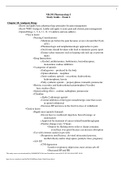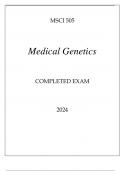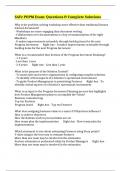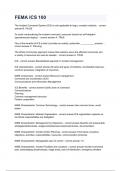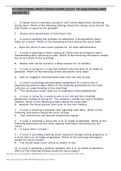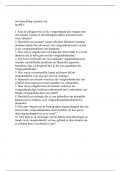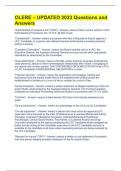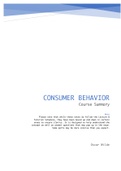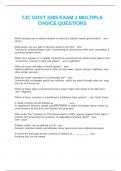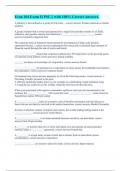Exam (elaborations)
NR-291 Pharmacology I Study Guide – Exam 4
- Institution
- 1 NR-291 Pharmacology I Study Guide – Exam 4
1 NR-291 Pharmacology I Study Guide – Exam 4 Chapter 10: Analgesic Drugs oKnow and apply basic pharmacology principles for pain management oKnow WHO Analgesic Ladder and apply to acute pain and chronic pain management oOpioid Drugs: 1, 5, 6, 11, 12, 13 (addicts and non-addicts) ▪ Nice to...
[Show more]
